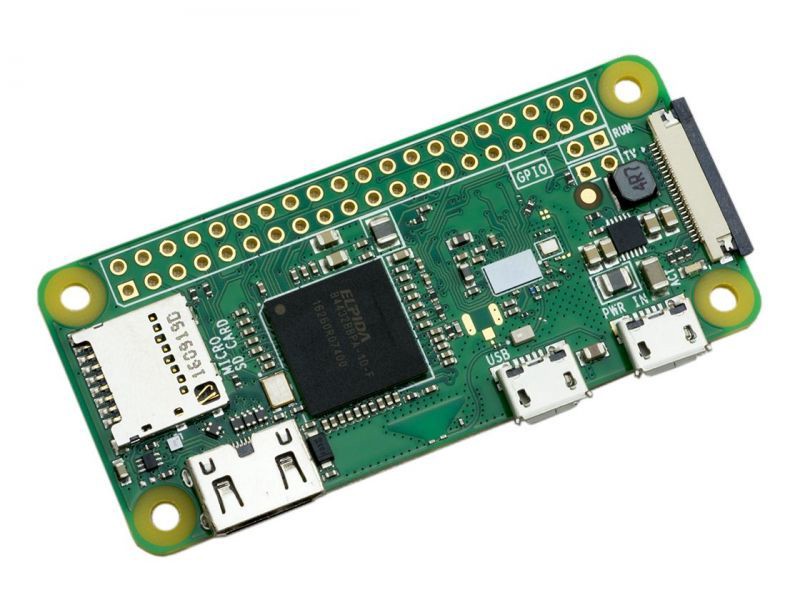
The following are affiliate links to other parts I used in this project. Not only is this cheaper, but it reduces e-waste. I prefer to buy the Raspberry Pi 4, power adapter, micro SD cards, and heatsinks separately. If you're new to Raspberry Pi, the popular CanaKits are a great place to start. The following are the exact products I used.

As I described in the network monitoring post, this Raspberry Pi 4 is proven to be way more than enough for this case. I chose a Pi4 because our internet speed is only 30Mbps anyway (DSL). You could use better hardware to create an even more effective solution. Incidentally, this guide should work for any Debian-based linux system that you want to turn in to a router. Throughput measures how much bandwidth is used at any moment. The band “width” is the maximum amount of data which may flow through the system (in this case, from the home to the internet). This points at the biggest limitation of using the RPi as a router: the bandwidth is capped at 1000 Mbps.īandwidth and throughput are often confused.


The “version 4” bit is important because it has a significantly better network card ( eth0) than prior models (Gigabit). For now, let’s just assume that you have a Raspberry Pi 4 (see parts list at the bottom). If you don’t know what any of that means, don’t worry. Building a “router,” in this context, means that we will be implementing DHCP, DNS, and a Firewall. A Raspberry Pi 4 is a quite capable router in the right circumstances.Ī switch shuffles data around the network.


 0 kommentar(er)
0 kommentar(er)
